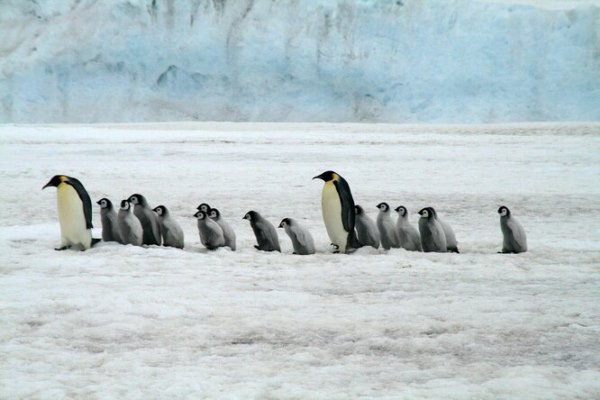Microplastic continues to penetrate even into the most remote corners of the planet. Now researchers have discovered it in fresh snow on the once pristine land of Antarctica.

In a new study published in the journal The Cryosphere, scientists from New Zealand analyzed fresh snow from 19 sites near Ross Island in Antarctica and found plastic particles with a diameter of less than 5 millimeters in each sample.
On average, a liter of melted snow contained about 29 microplastic particles, the most numerous of which was PET, a plastic most often used for making bottles and clothes.
“It’s incredibly sad, but the discovery of microplastics in fresh Antarctic snow highlights the scale of plastic pollution even in the most remote regions of the world,” the researchers write.
Scientists fear that the presence of microplastics in Antarctica may accelerate the melting of ice and snow in this region. This is due to the fact that darker microplastic particles will lead to darkening of snow and ice, which in turn will provoke more absorption of sunlight and heat.
Pollution can also affect the wildlife of the region. Scientists refer to previous studies that have shown that microplastics have already been found in the diet of a number of local penguin species.
It is important to note that the new study had limitations. Scientists believe that additional work needs to be done, taking more samples for analysis and covering a large area of the continent.
